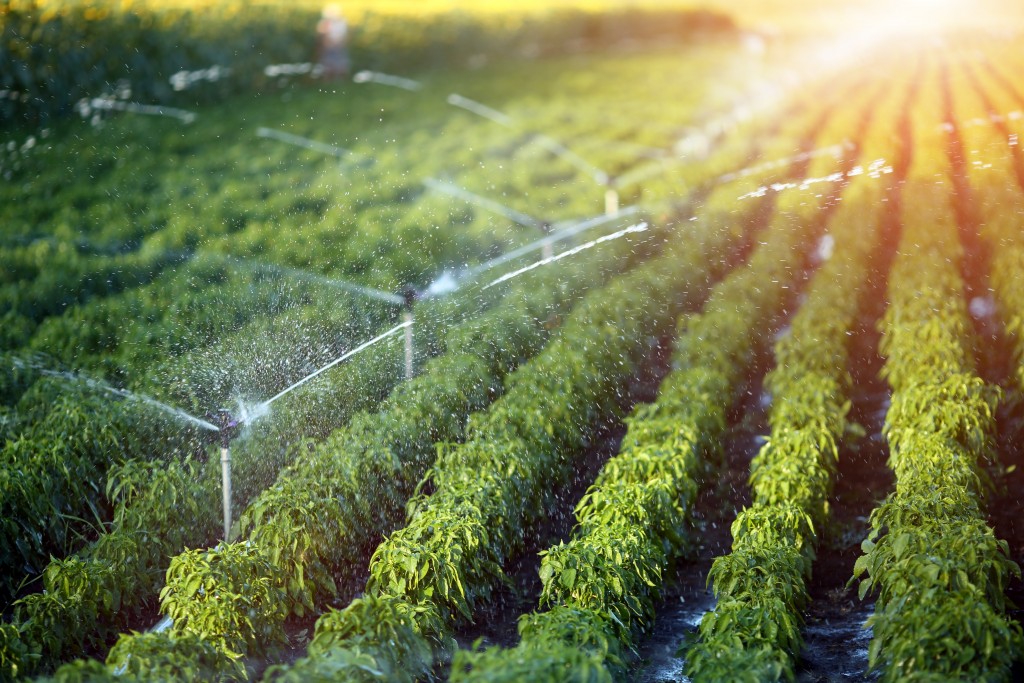There are many types of sprayers that are used in the farming industry, such as the 12-volt weed sprayer and insecticide sprayer. These sprayers have individualized functions that are important in agricultural processes.
To help you understand the different types of sprayers and their differences, here is a quick rundown of each:
1. Low-pressure sprayers
A low-pressure sprayer is used to provide constant nozzle pressure. These sprayers come in different types, namely, tractor-mounted, trailer-mounted, and truck-mounted. Depending on the vehicle you have and the size of the area you need to spray, you need to select a low-pressure sprayer that can fit enough gallons to finish the job.
Here are the different types of low-pressure sprayers and their corresponding capacities:
Truck-mounted sprayer. This sprayer can fit up to 2,500 gallons in its tank and can boom up to 60 feet, making it the best option for vast applications.
Trailer-mounted sprayer. For medium applications, a trailer-mounted sprayer should do the job. The tank of a trailer-mounted sprayer can have a capacity of 1000 gallons, with a boom reaching 12 to 50 feet.
Tractor-mounted sprayer. A tractor-mounted sprayer is the smallest type of low-pressure sprayer, with a capacity of 150 to 500 gallons only.
2. High-pressure sprayers
High-pressure sprayers are designed to reach tall trees and thick brush. Compared to low-pressure sprayers, this type of sprayer is heavier and more expensive. However, it can emit pressures of up to 1,000 psi.
3. Foggers
Foggers or mist blowers are used to disperse liquid pesticides. Technically, they are not sprayers, but they are also used to distribute pesticides.
Foggers are designed with an electrical motor that converts the liquid inside the tank into vapor form. This type of equipment is usually used for greenhouses or crop areas that need intensive pesticide treatment. However, the effectiveness of foggers is reduced if the weather is windy, so farmers should be careful when fogging to avoid the pesticide from drifting into the air.
4. Air-carrier sprayers
Also known as air-blast sprayers or mist blowers, air-carrier sprayers use high-speed air to deliver pesticides at speeds of 80 to 150 miles. Because the air disperses the pesticide while spraying, the pesticide used in air-carrier sprayers is concentrated. Hence, there is less time needed for diluting and re-filling the tank.
5. Hand-operated sprayers

If you need to apply small amounts of pesticides in an affected area, you can use a hand-operated sprayer. This is a simple machine with an air pump inside to release pressurized air from the nozzle.
A hand-operated sprayer is not meant for wide distribution because when the pressure drops too low, you must wait for it to go back up until you can spray again. Nevertheless, it is the cheapest type of sprayer for agricultural purposes.
In the agricultural industry, pesticides play a significant role in the maintenance of crop health and, consequently, the stability of the farmers’ income. By knowing the differences between these sprayer types, a farmer can choose the best one for the intended application.
